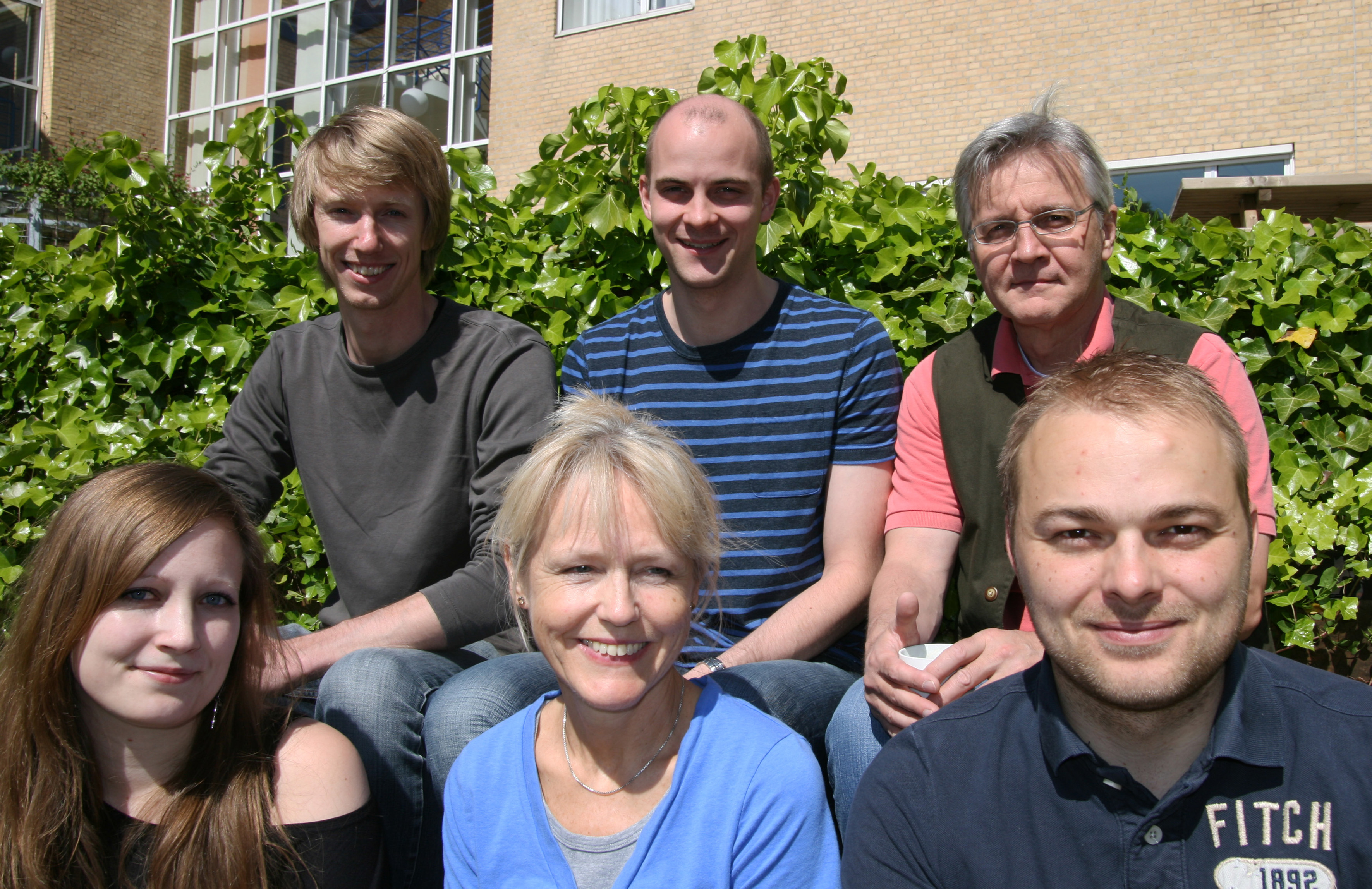Identification of new unique cornea proteins
With the identification and quantification of a large number of cornea proteins, a research group at Aarhus University has taken a big step closer to characterising the protein profile required to maintain corneal homeostasis (balance). This information may be used for exploring the basic molecular mechanisms involved in corneal health and diseases, and hopefully pave the way to better diagnosis and medical intervention before the occurrence of visual impairment.


The human cornea is the transparent tissue of the eye that refracts and transmits light to the lens and retina. It protects the eye against damaging UV radiation and toxic agents, accounts for most of the eye¹s focusing power, and provides biomechanical stability and structural resiliency. Diseases of the cornea are common and are second to cataracts as the most prevalent cause of visual impairment in the world. However, despite considerable research, the causes and molecular mechanisms of many corneal diseases remain unclear.
In-depth analysis of the human cornea
Morphologically, corneal diseases may affect only certain layers of the cornea, and separate analysis of the individual layers is consequently of interest to explore the basic molecular mechanisms involved in corneal health and disease. To understand the biology of the cornea and corneal diseases, a research group in Aarhus therefore performed an in-depth analysis of the different layers of the human cornea. Through separation of the individual layers and state-of-the-art mass spectrometry, no fewer than 3250 unique proteins were identified, of which 1787 have never previously been identified in the cornea. Protein analyses showed that many of the identified proteins are plasma proteins involved in defence responses. Furthermore, the 771 most abundant cornea proteins were quantified.
This work is the most comprehensive protein study of the corneal proteome to date. With this identification and quantification of the cornea proteins, the research group has taken a big step towards mapping the proteins required to maintain corneal homeostasis. This information may lead to a better understanding of corneal diseases at the molecular level, leading to better diagnoses and treatments.
The study was performed in collaboration with Henrik Vorum from the Department of Ophthalmology, Aarhus University Hospital, Denmark, and was published in the Journal of Proteome Research.
Article
Human cornea proteome: Identification and quantitation of the proteins of the three main layers including epithelium stroma and endothelium by Thomas F. Dyrlund, Ebbe Toftgaard Poulsen, Carsten Scavenius, Camilla Lund Nikolajsen, Ida B. Thøgersen, Henrik Vorum and Jan Johannes Enghild:
More information
Thomas F. Dyrlund - tfd@mb.au.dk, +45 60 60 00 14
Jan J. Enghild - jje@mb.au.dk
Department of Molecular Biology and Genetics, Aarhus University, Denmark
